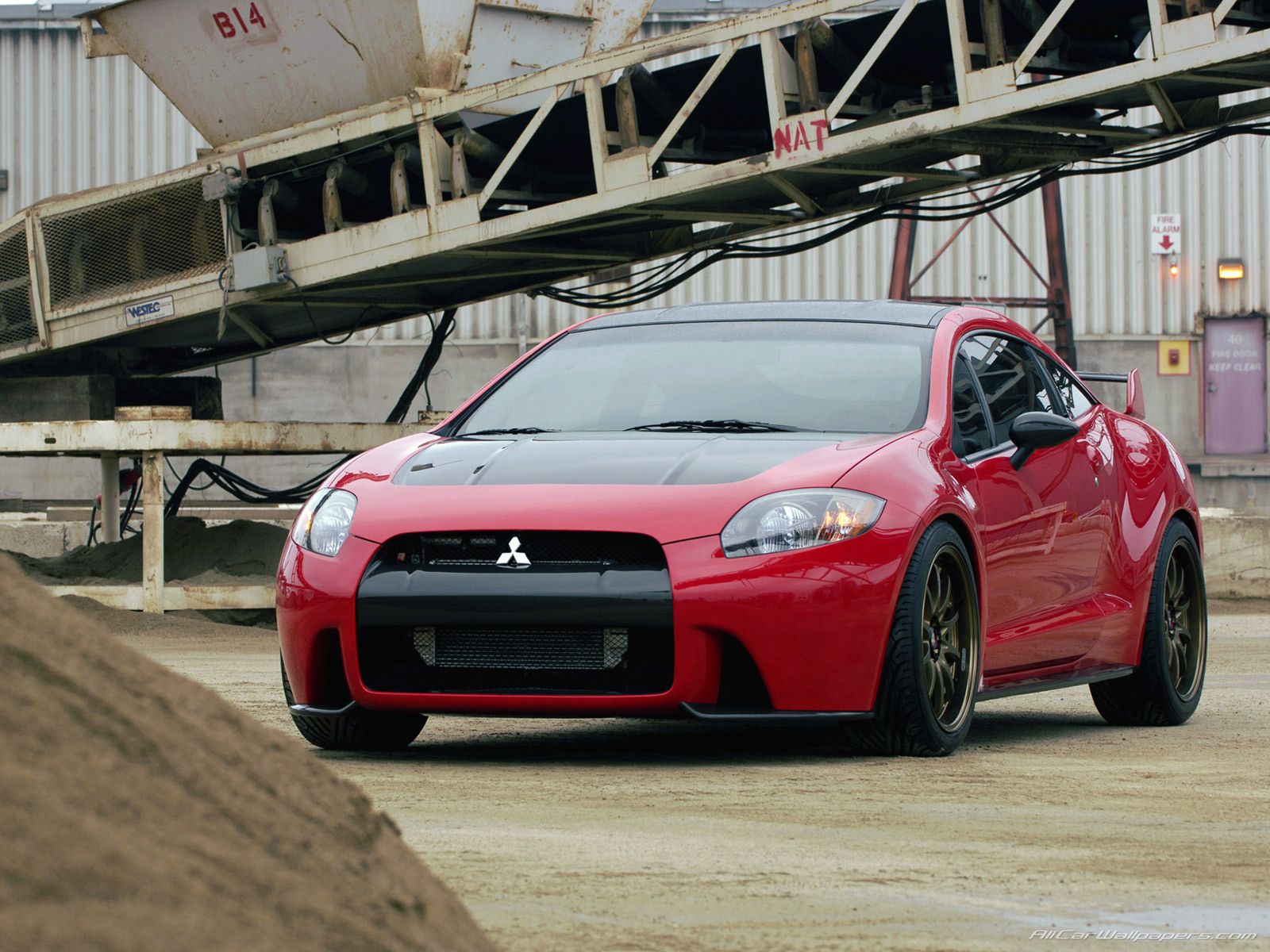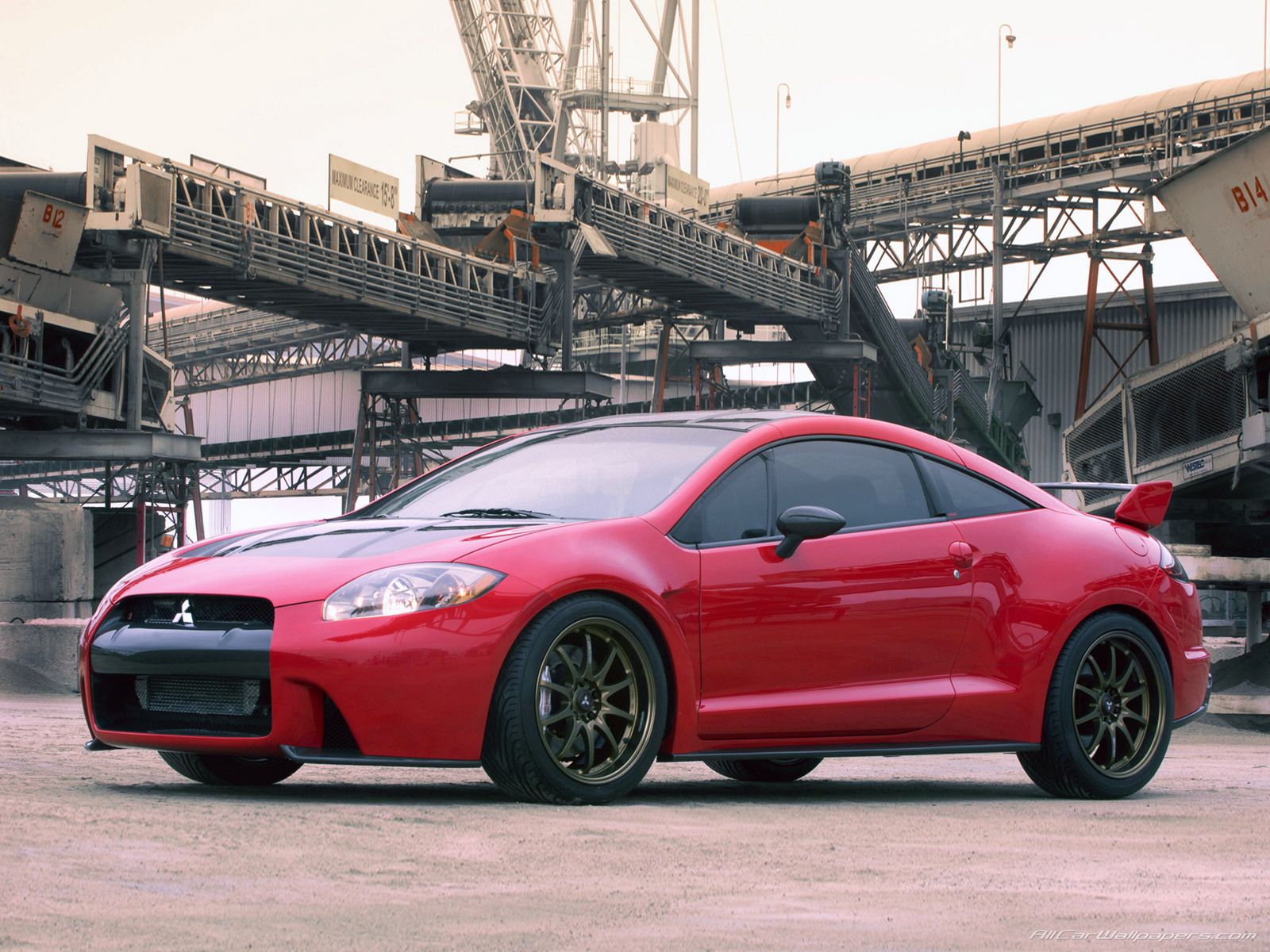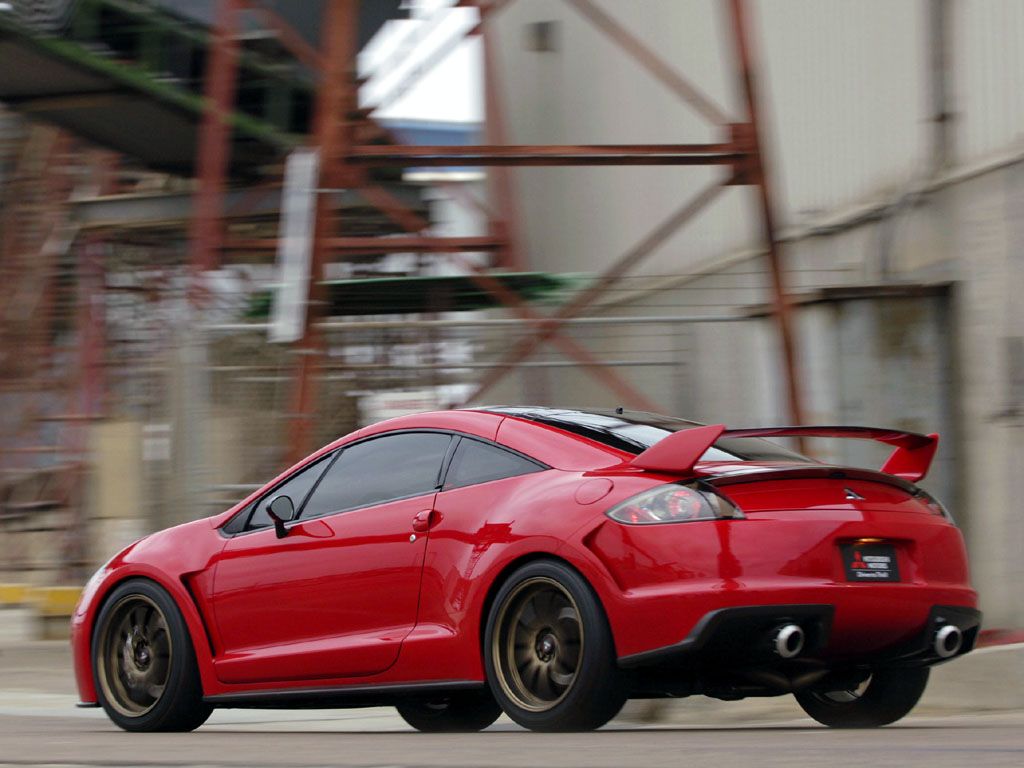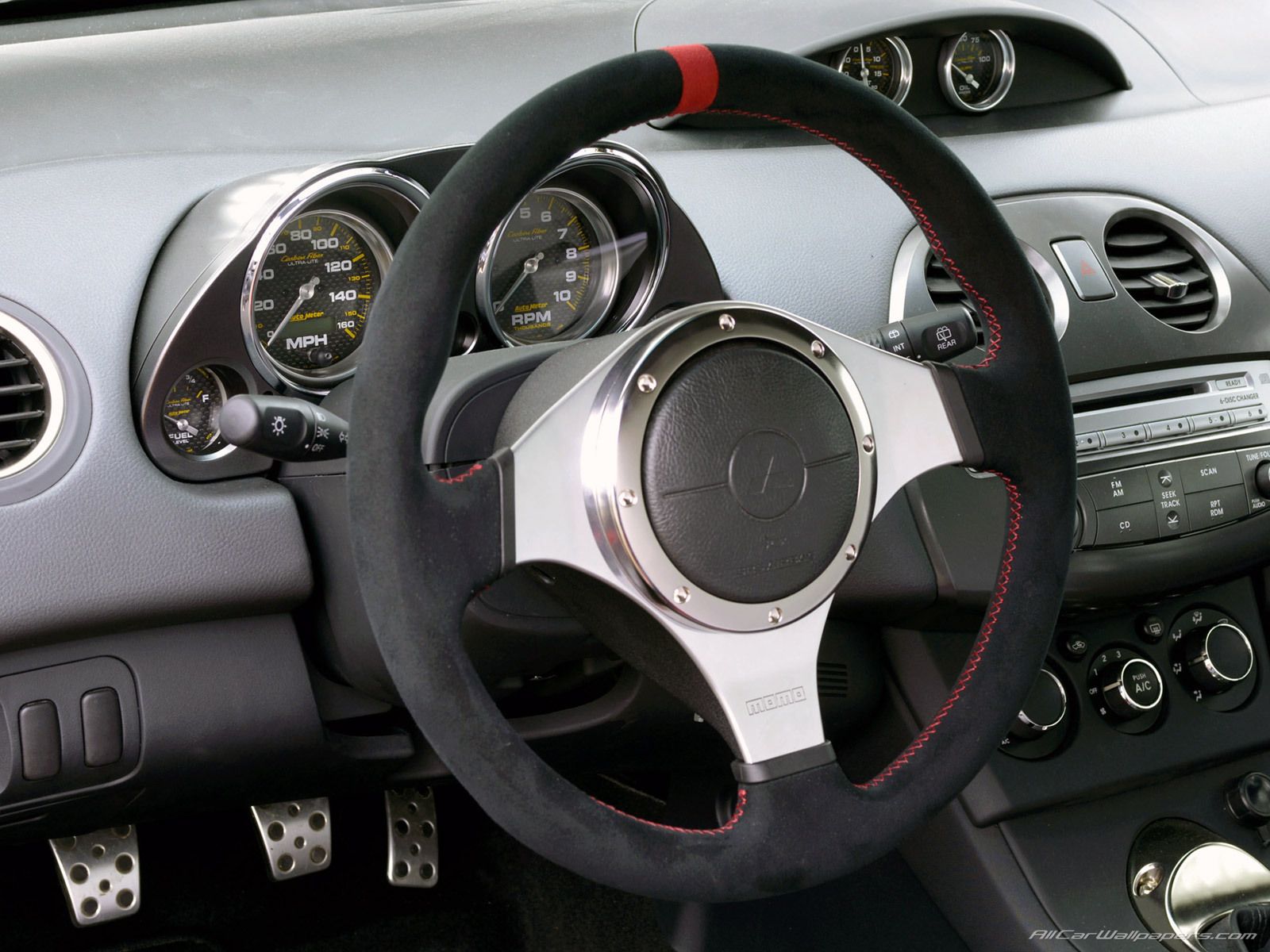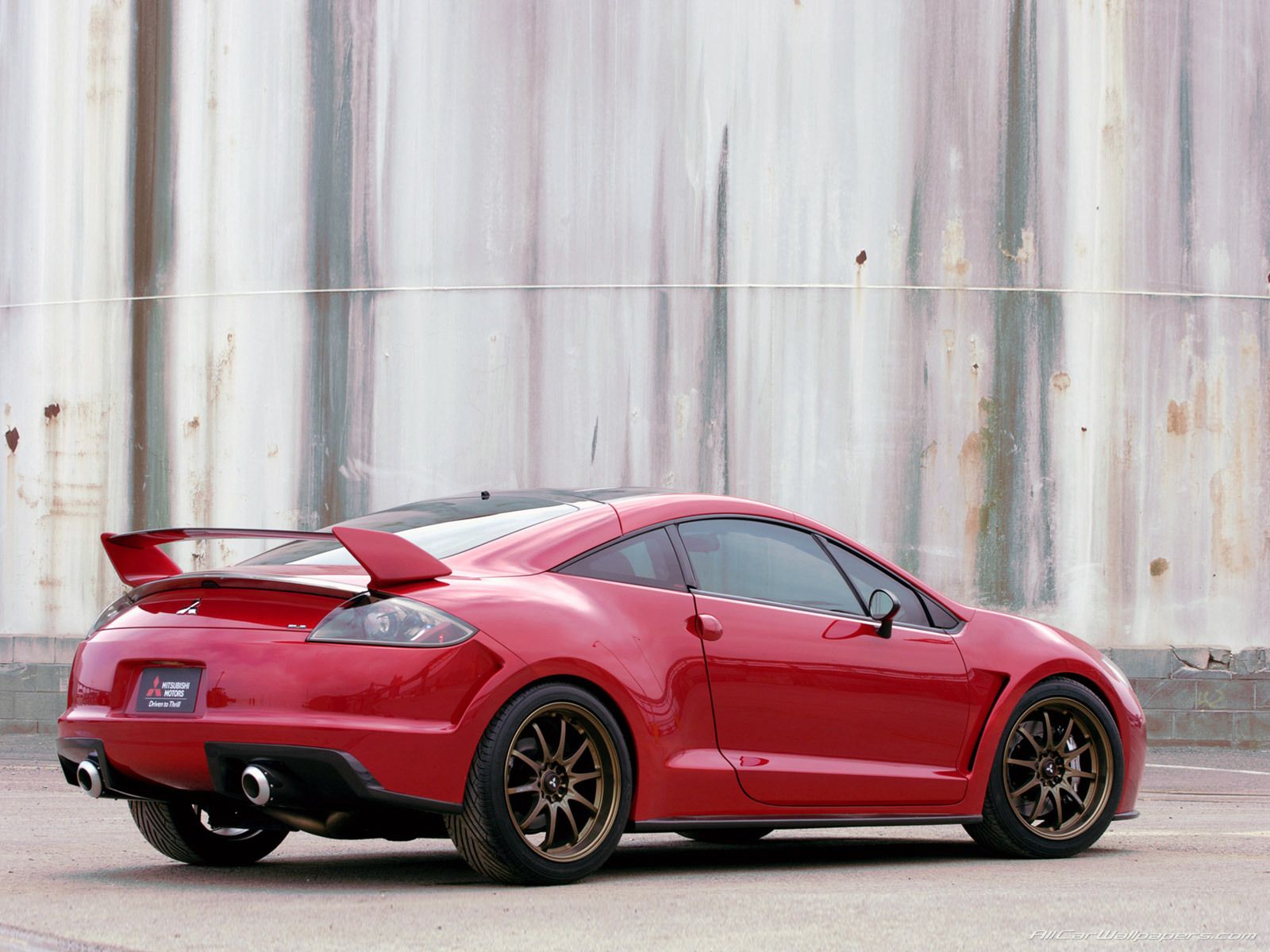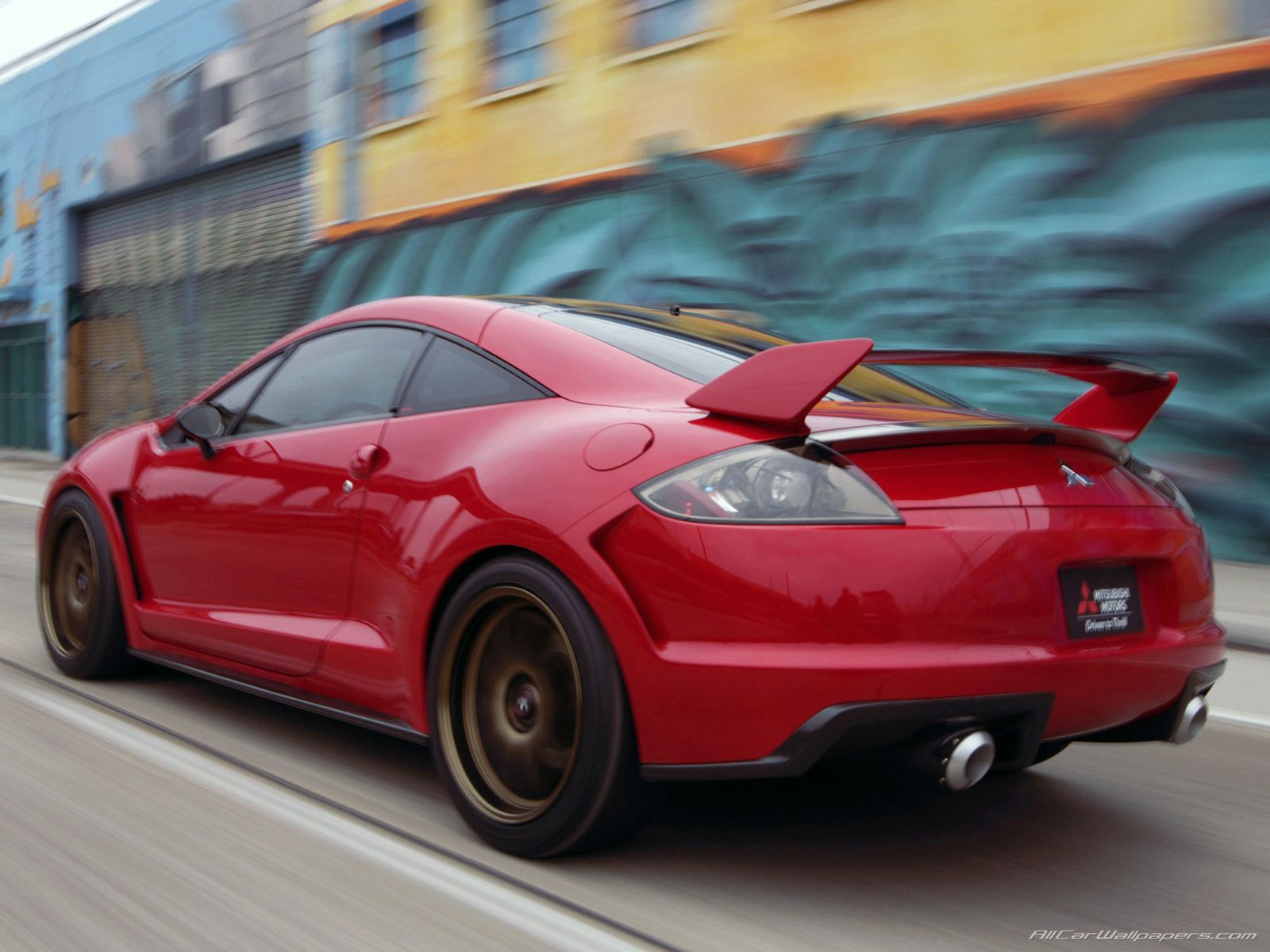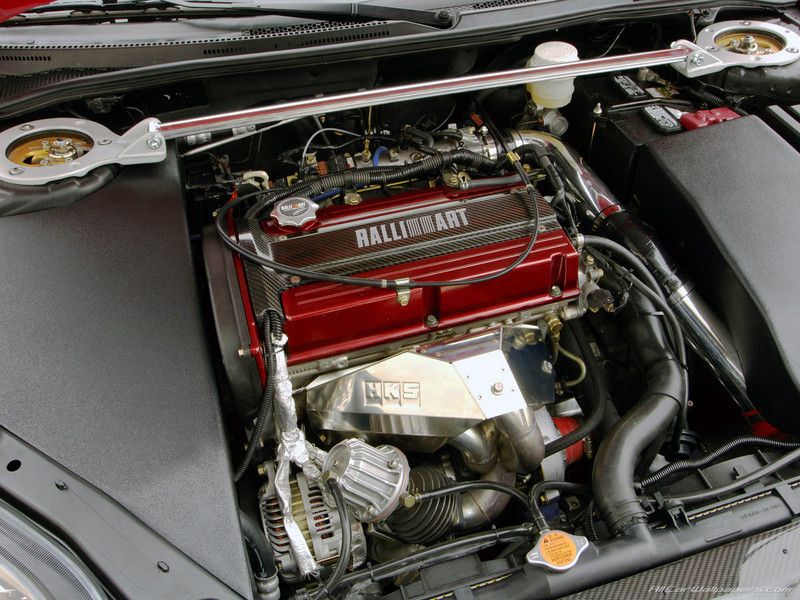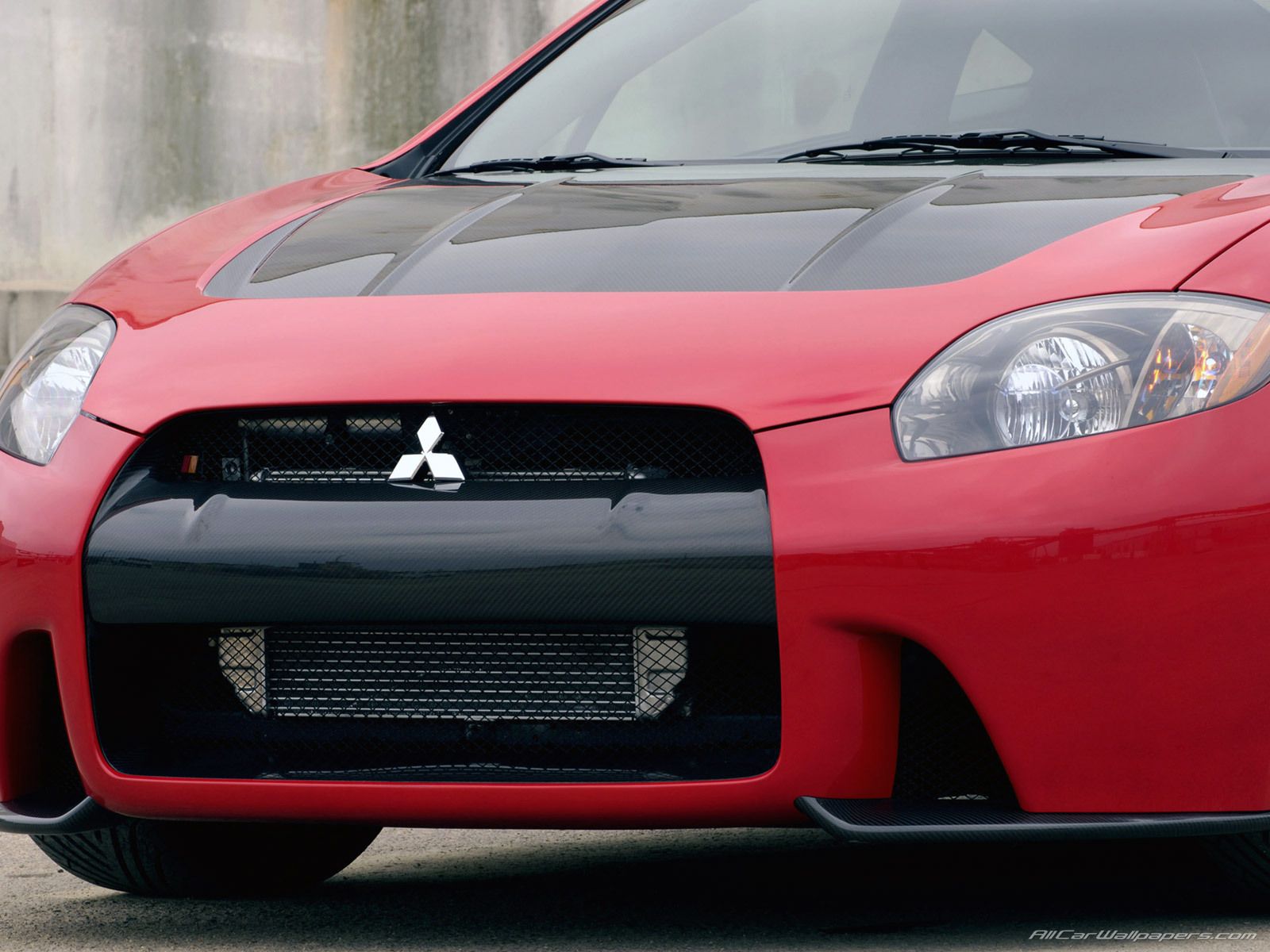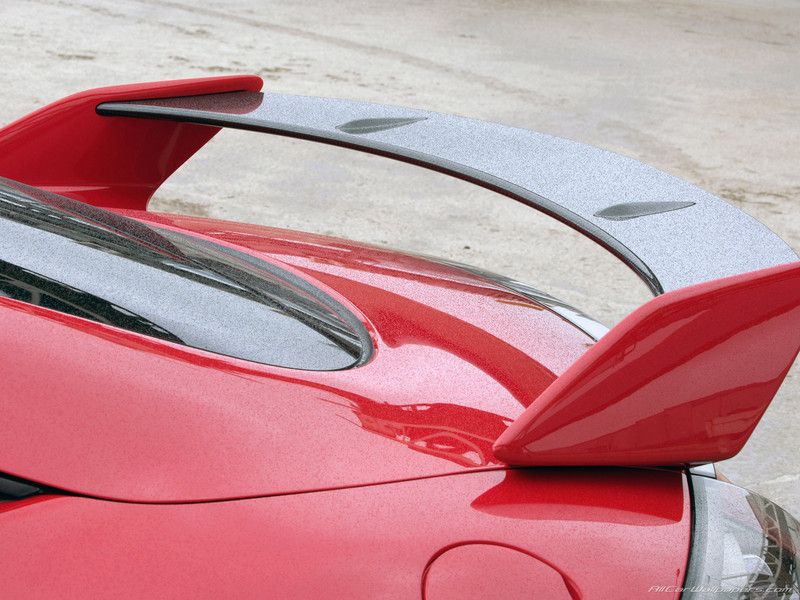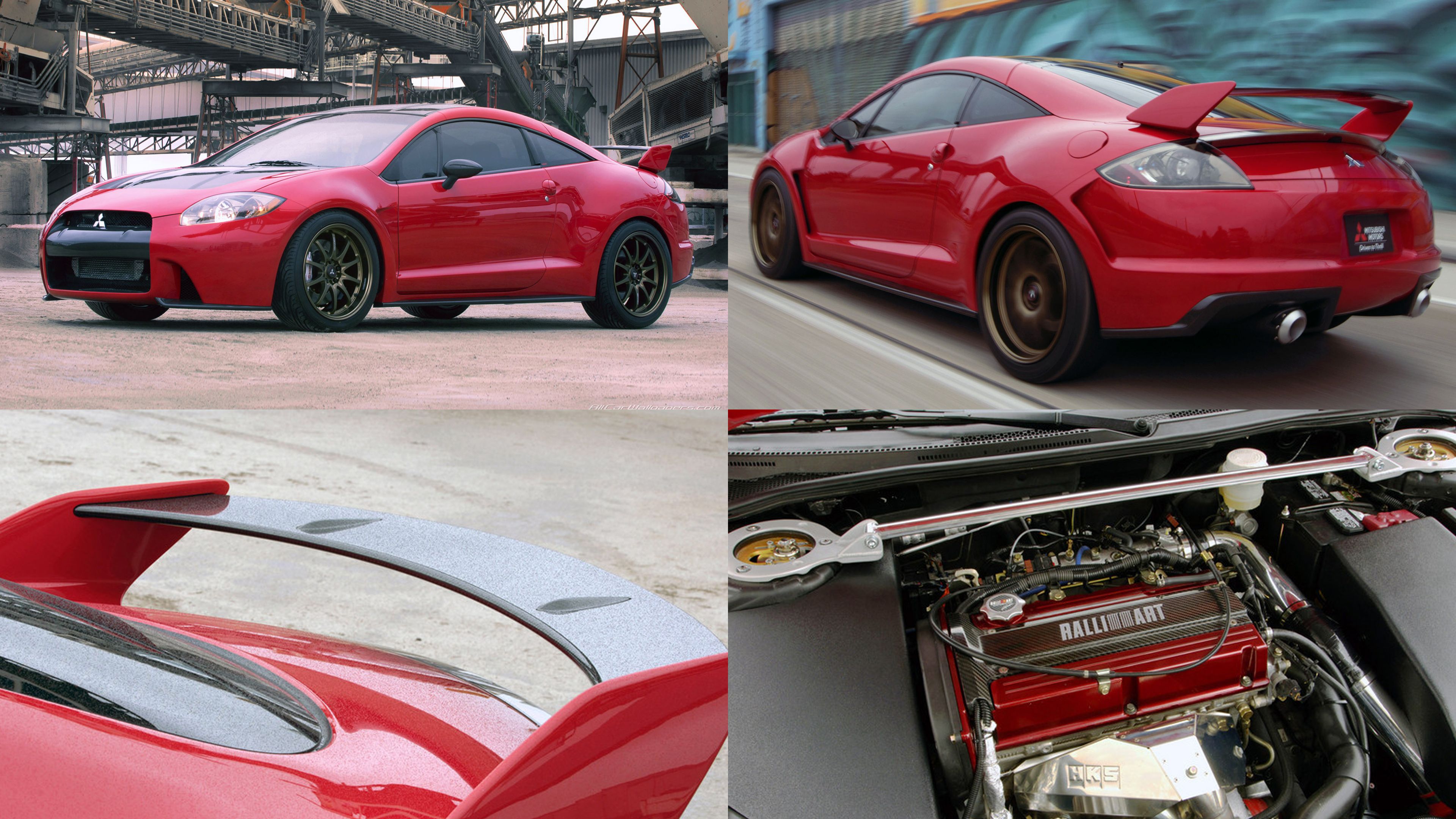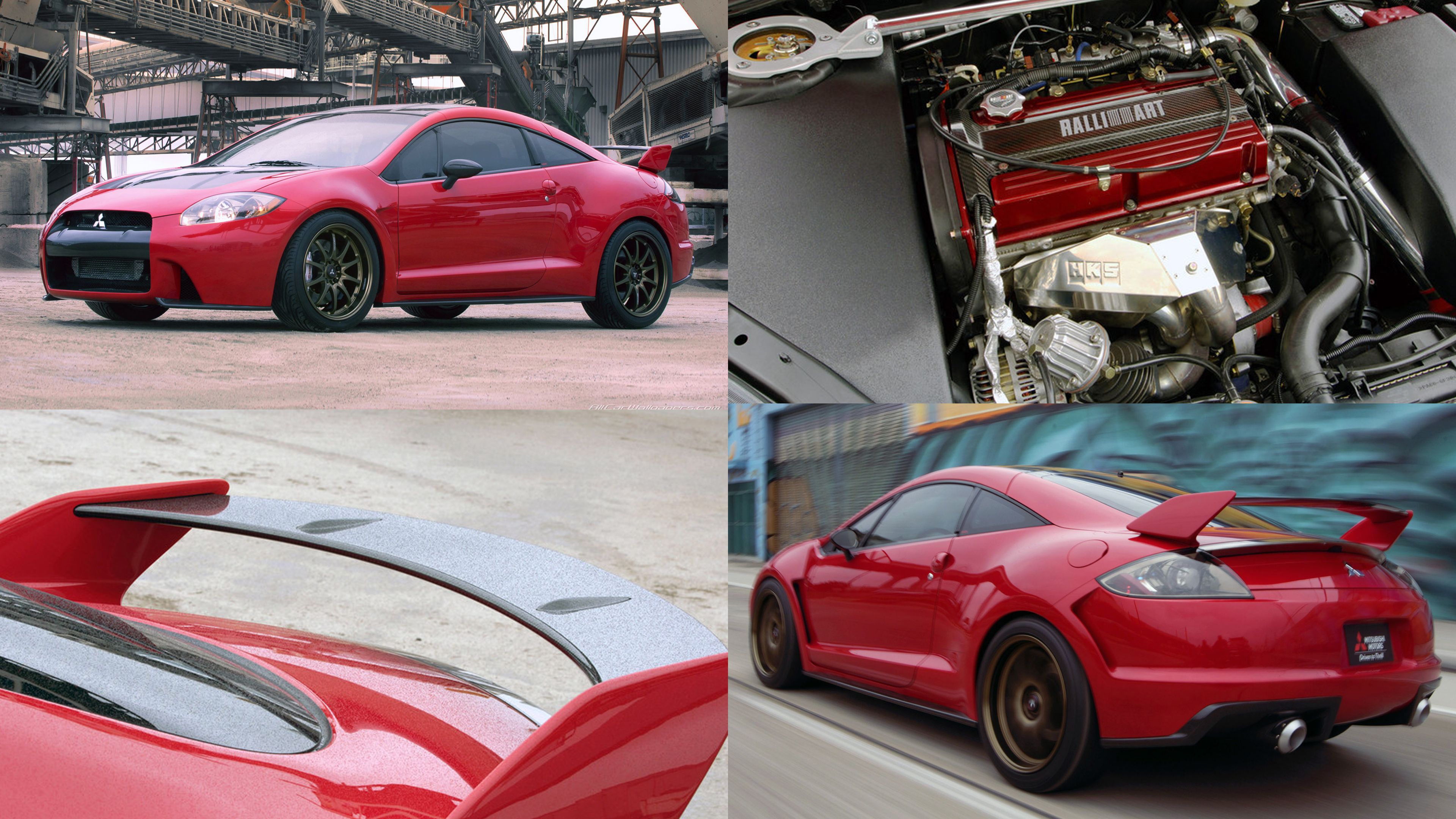The Mitsubishi Eclipse was one of the most praised compact Japanese sports coupes. Sadly, the third generation of the car (2000-2005) was a letdown, compared to the success of the previous two. The fourth-generation was significantly better, but shared too many similarities with the previous model, like the lazy transversely-mounted V-6, which at least had power this time and the front-wheel-drive layout.
Although the 3.8-liter 24-valve SOHC V-6 had a decent output, everyone wanted it to be the sleeker two-door equivalent of the Lancer Evolution. This meant a 2.0-liter turbocharged inline-four and all-wheel-drive. Apparently, the specialists from Mitsubishi’s Ralliart department thought the same, which is why they got to work on making the Eclipse we all wanted. This resulted in the, introduced at the 2005 NAIAS, Mitsubishi Eclipse Ralliart Concept.
2006 Mitsubishi Eclipse Ralliart - What Mitsubishi's Sports Car Should Have Been
- Make: Array
- Model: 2006 Mitsubishi Eclipse Ralliart - What Mitsubishi's Sports Car Should Have Been
Drivetrain & Performance
Instead of the 3.8-liter normally-aspirated V-6, the car featured the coveted 4G63T engine. >The 2.0-liter inline-four was taken from the Lancer Evolution VIII MR. In addition to the twin-scroll turbocharger, which it already had, the turbo-four was enhanced by HKS bits, among which an air intake, and new camshafts.
More importantly, power went to all four wheels through the Lancer “EVO” AWD system and a six-speed manual with a triple-plate carbon-fiber clutch. As far as we are aware, the car was never tested, but given the power output, it is believed that the quarter-mile time would be around 12.6 seconds – 1.0 seconds quicker than the Lancer Evolution VII MR. Also, given the 5.5-second 0 to 60 mph time of the Eclipse V-6 equipped with a manual, the predicted 0 to 60 mph time or the Eclipse Ralliart is around 4.0 seconds.
If that sounds optimistic, keep in mind that the Eclipse Ralliart features a lot of carbon-fiber body panels. These include the new 20-inch rims, which hide 381 mm (15 in) front and 343 mm (13.5 in) rear Brembo brakes. Also, carbon fiber are the side mirrors, hood, front and rear fascia, roof, side fenders, and even the dual exhaust tips. Given the stock 3.8-liter car’s 3,549-pound (1,610 kg) dry weight, we can safely assume that the Ralliart concept would have been at least 200 pounds (91 kg) lighter.
As mentioned, the exterior body panels have largely been replaced by carbon-fiber ones with a more aggressive design. It’s very subtle, but the new body kit is also slightly wider than the stock car. New carbon-fiber side sills, compliment the carbon-fiber wheels and, in the back, a big rear wing has replaced the stock car’s discrete lip spoiler.
The Hot Red Mica paint was specially "brewed" by PPG. There was a second prototype, however, which was finished in bright yellow.
Inside, we see new leather and suede Recaro seats and rear-seat delete. Small elements like the leather-wrapped Momo steering wheel and the new brushed aluminum shifter make the interior feel more upscale.
Although the Eclipse Ralliart was never produced, some bits, like the rear wing, could be ordered as part of an aero package for the 4G Eclipse
We can chalk it up Mitsubishi’s financial state. In 2005, Mitsubishi Heavy Industry (MHI) participated in a ¥540 billion emergency rescue, in partnership with Mitsubishi Corporation and Mitsubishi Tokyo Financial Group. This resulted in MHI acquiring ¥50 billion of Mitsubishi Motors stock, increasing its ownership stake to 15 percent.
In simple terms, the car company was financially challenged and the last true Eclipse we got was a result of cost-cutting. Currently, Mitsubishi’s lineup lacks any kind of performance car. The Eclipse (the real one, not that crossover thing) was axed almost a decade ago, and the “EVO” joined it a few years later. Should the brand gain stability in the future, perhaps we might get the Eclipse we all wanted.
Styling
Why didn’t the Mitsubishi Eclipse Ralliart make it?

